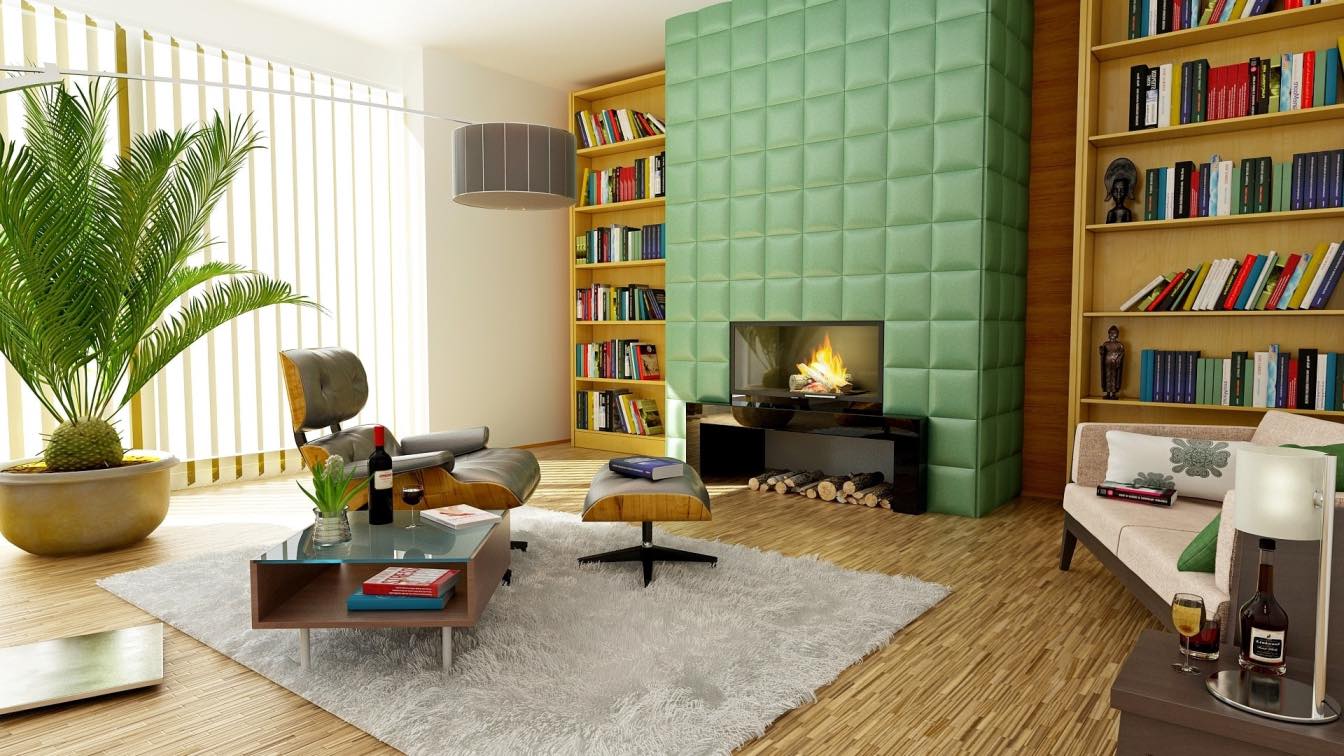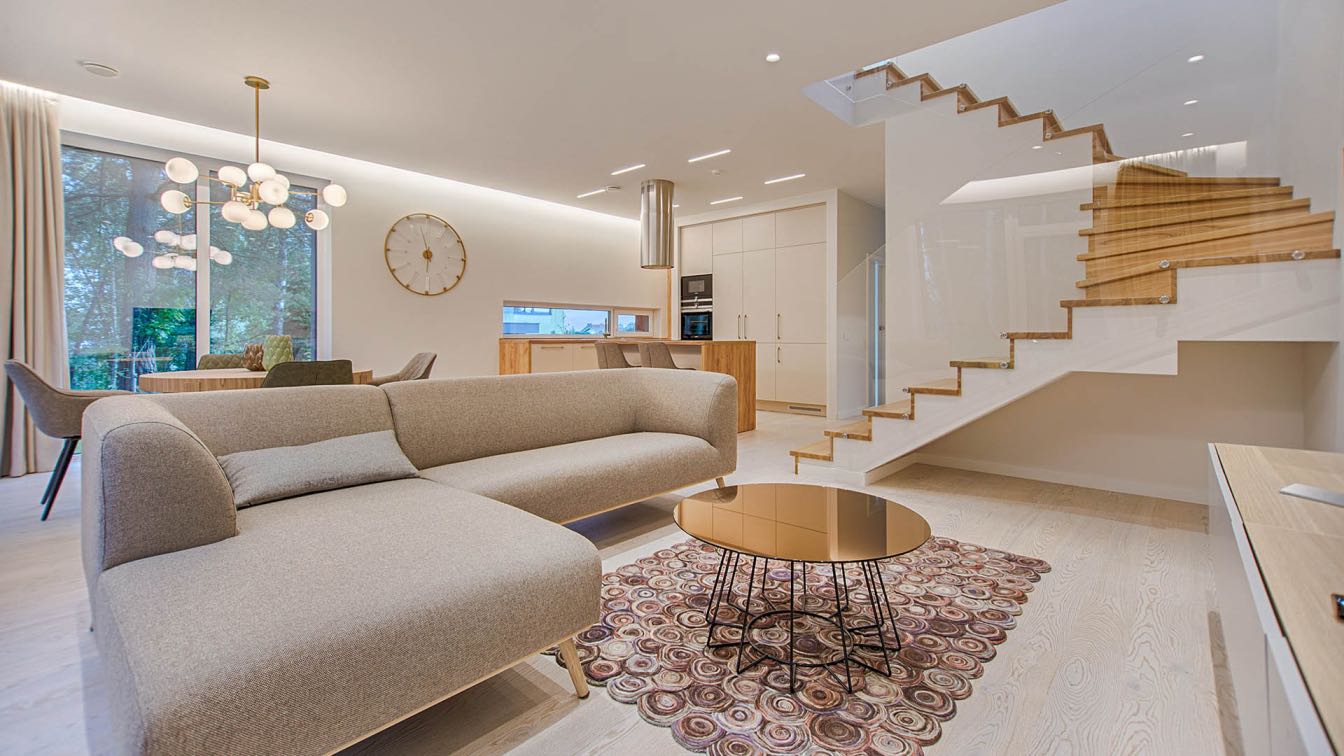As an architecture student, you are constantly immersed in a sea of design concepts, technical skills, and an endless stream of project deadlines. While it's an exciting journey, let's acknowledge that working in an architectural firm can be extremely exhausting.
Various tips and recommendations are now available to aid you, making your journey not only achievable but genuinely enjoyable. If you constantly think, "Oh, if only someone could just write my essay for me," utilizing an online essay writing service will give you a chance to relax and spend more time honing your architectural skills. Interested in more life hacks? Here is your survival guide for the architectural workshop.
Expertise in Model Construction
Architecture students find that modeling is an essential skill, yet it can also be time-consuming and demands a keen eye for detail. Begin by meticulously sketching out your concepts before embarking on the construction process. This initial preparation can save time and prevent costly mistakes. Organize your workspace and toolkit. A neatly arranged work area improves the task execution process and helps to maintain focus.
Experiment with a variety of materials and techniques. For instance, utilizing laser cutters to create precise cut-outs or exploring environmentally-friendly materials could provide a distinct finishing touch to your prototypes. Remember, every model you develop is an opportunity to showcase your talent.
Use Time-Efficient Software
In the evolving field of architecture, technological proficiency is no longer just an advantage—it's a necessity. For architecture students, familiarizing themselves with key software tools beforehand can significantly boost the quality and efficiency of their work. Tools like AutoCAD are indispensable for generating precise and technical drawings, setting a solid foundation for any architectural project. Meanwhile, SketchUp allows for the creation of three-dimensional models and visualizations, making it easier to bring ideas to life. Adobe Photoshop is crucial for crafting and showcasing visual materials, ensuring that presentations and project submissions are both engaging and professional.
As students advance, mastering more sophisticated software becomes imperative. Rhino offers capabilities for intricate 3D modeling, while Revit is essential for Building Information Modeling (BIM) processes, crucial in modern construction planning and execution. For those looking to elevate the presentation quality of their projects, Lumion provides tools for high-quality architectural visualizations. Additionally, Grasshopper is excellent for algorithmic modeling, V-Ray for realistic rendering, and ArchiCAD for efficient building design and documentation. To navigate this technological landscape, starting with the basics and gradually enhancing one's skills through online courses, workshops, and community learning can be exceptionally beneficial. This approach not only prepares students for the professional demands of architecture but also empowers them to innovate and excel in their future careers.
Investigate Different Architectural Styles for Inspiration
Studying the various architectural styles helps to enhance your knowledge and serves as a wonderful source of inspiration. From the intricate details found in Gothic architecture to the minimalist approach of Modernism, each style offers something unique.
Consider the idea of integrating elements from various architectural styles into your designs. Doing so can enhance your design skills and help you cultivate a distinctive design language. Moreover, gaining an understanding of the history and philosophy behind these styles can deepen your appreciation and value of architecture.
Acquire Practical Experience via Internships and Site Visits
Seek tangible experience. Undertaking an internship is a valuable opportunity to apply the knowledge you've gained in a real-world professional setting. Internships offer a glimpse into the daily life of an architect and allow you to gain practical skills that can't be acquired in a lecture hall.
Visiting the site also provides you the chance to witness how architectural ideas are brought to life. Observing the construction process, materials, and spatial dynamics can enhance your understanding of design and building procedures.
Sync Mental and Physical Health
Architecture students often face the challenge of long hours dedicated to their studies and projects, which can take a toll on their physical and mental health. Finding a balance between work and well-being is not just beneficial but crucial for sustaining productivity and creativity. Incorporating regular breaks into their routine is vital, allowing time for rest and recovery. Physical activity, even short walks, can significantly enhance energy levels and focus, while choosing healthy snacks can provide the necessary fuel for extended study periods. Ensuring quality sleep is paramount, as it directly impacts cognitive function and overall health.
Adopting mindfulness practices such as meditation can effectively lower stress levels, improving concentration and emotional well-being. Creating a comfortable workspace can also make a substantial difference, making long hours of work more manageable and less straining. Balancing work with social activities can offer much-needed relaxation and a sense of community. Designating a rest day for complete detachment from work responsibilities allows for mental and physical recharge. Additionally, spending time on hobbies or interests outside of architecture can provide a fresh perspective and boost overall happiness. By integrating these healthful practices into their daily lives, architecture students can build resilience against the demanding nature of their studies, leading to a more fulfilling and successful academic experience.
Adopt Eco-Friendly Methods In The Studio
Sustainability is no longer just a trendy term in the world of architecture; it is a necessity. As an architecture student, incorporating sustainable practices into your academic projects can lay a solid foundation for your future professional career. Begin by learning about eco-friendly materials and energy-efficient design techniques. Use your projects as an opportunity to experiment with these concepts, whether it's by using recycled materials in your models or integrating green spaces into your design projects.
Additionally, consider the lifecycle of your projects. Contemplate how the buildings you design may be adapted, repurposed, or remodelled over time. Such an approach promotes a deeper understanding of sustainability.
Advance Through Adaptive Reuse of Existing Structures
One of the fascinating and unconventional aspects of architectural education is the study of adaptive reuse projects. These initiatives involve repurposing old and often historic buildings for modern needs. As a student working on such a project, you can gain immense satisfaction. It teaches you to respect the existing structures and their history while creatively integrating modern design elements into them.
Participating in such projects also enhances your awareness of architectural heritage and its preservation. It's an exercise in balancing the past with the present, cultivating skills that are valuable in the world of architecture. By understanding the stories held within these buildings and recreating their future, you are preserving history and contributing to sustainable development.
Conclusion
By adopting these clever techniques—from mastering digital technologies to employing sustainability principles—you will not only keep afloat in architectural academy; you will flourish there. If you find yourself struggling with design assignments, lectures, and exams, it may seem as though there aren't enough hours in the day. However, you can even manage this by paying for thesis writing services and seeking the help of an experienced author with an essay hub review. So, embrace the challenges and use these tips for your professional growth. Remember, every day spent in the studio is a step towards realizing your dream of becoming an architect.





